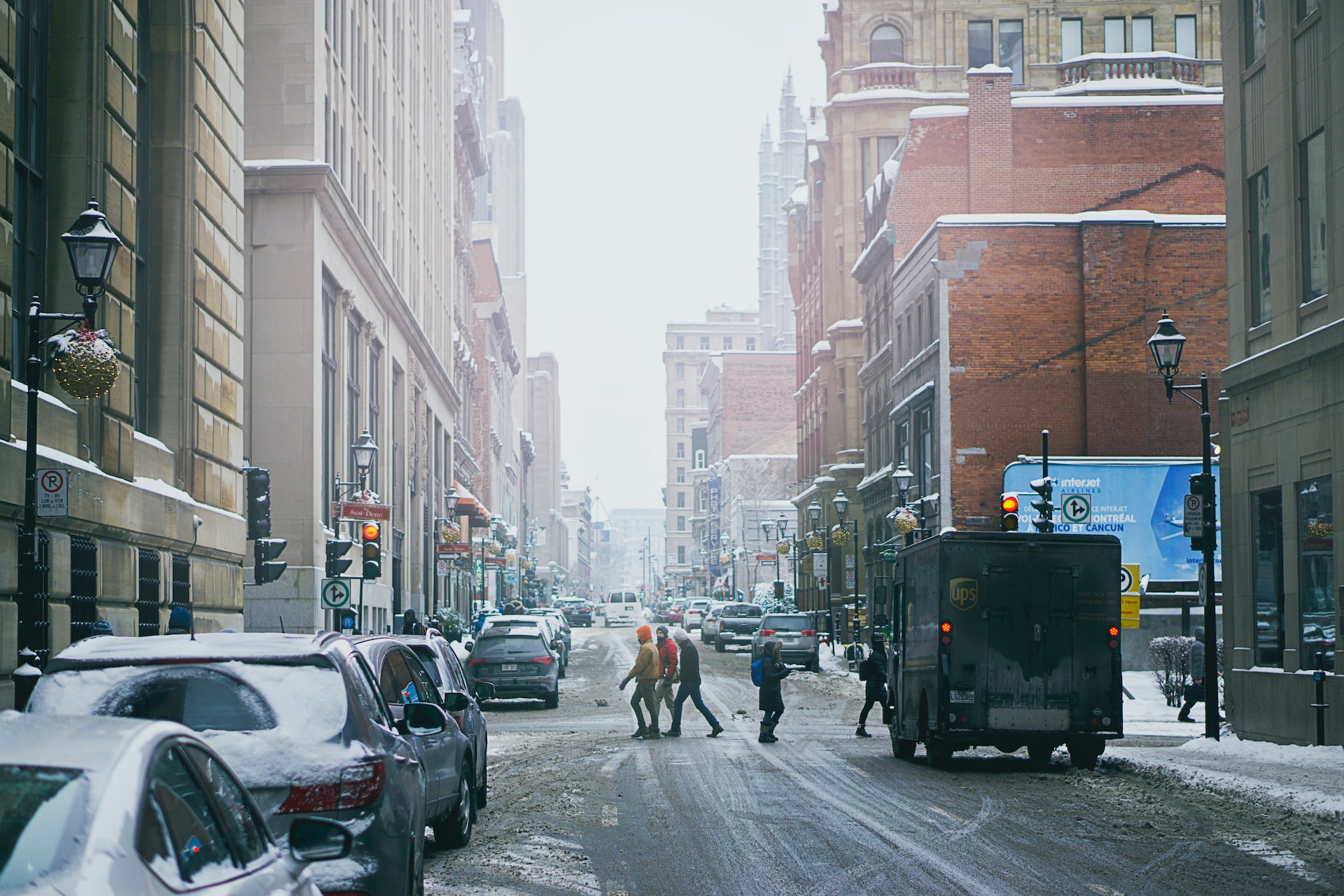During winter, snow and ice can present a serious hazard to businesses. Not only in terms of property damage but also from the threat of customer injuries. A slip-and-fall accident can be a costly and even disastrous experience for any business. Fortunately, there are steps businesses can take to reduce the risk of slip and fall accidents. In this article, we will explore how to prevent slipping and fall in the winter and protect your business.
Contents
Introduction to Slip and Fall Prevention
Slip and fall accidents are one of the most common causes of injury in the US. There are around 8 million emergency room visits each year due to such incidents. These incidents can occur anywhere. But they are particularly common in the winter when snow and ice present a hazard to people walking or working in the area. Always hire a Winter Injury Attorney to make sure your business is prepared for anything.
When temperatures drop, businesses must take extra precautions to ensure their employees, customers, and visitors are safe from slip-and-fall accidents. The good news is that businesses can take steps to reduce the risk of slip and fall accidents. In this article, we will explore the dangers of slip and fall in winter. And how businesses can limit slip and fall risks.
The Dangers of Slip and Fall in Winter
Slip and fall accidents can be particularly dangerous in the winter. With the combination of snow and ice, the risk of slipping and falling is greatly increased. Even if a business takes the necessary precautions to prevent slip and fall accidents, they can still occur due to unforeseen circumstances.
The danger of slip and fall accidents is increased in winter because of the cold temperatures. Cold temperatures can make surfaces slippery and icy, which can lead to slipping and falling. Additionally, snow and ice can obscure warning signs and make it difficult to see potential hazards.
The risk of slip and fall accidents is also increased due to the increased foot traffic in winter. During the winter, customers, visitors, and employees may be more likely to slip and fall on slick surfaces due to the cold temperatures and wet conditions.
How Businesses Can Limit Slip and Fall Risks
Businesses can take steps to limit the risk of slip and fall accidents in winter. The most effective way to reduce the risk of slip and fall accidents is to create a comprehensive slip and fall prevention plan. Here are some tips for creating a plan to reduce the risk of slip and fall accidents in winter.
Preparing Your Premises for Winter Weather
The first step in preventing slip and fall accidents in winter is to prepare your premises for winter weather. This includes making sure that walkways and entrances are cleared of snow and ice. You should also make sure that you have the necessary supplies to remove snow and ice, such as salt, sand, or ice melt.
Additionally, you should make sure that all necessary safety equipment is in place. Such as handrails, as well as warning signs and caution tape. These measures can help reduce the risk of slip and fall accidents in winter.
Creating a Slip and Fall Prevention Plan
Another important step in preventing slip and fall accidents in winter is to create a comprehensive slip and fall prevention plan. This plan should include steps for regularly inspecting the premises for hazardous conditions and taking the necessary steps to address any issues that are identified.
Additionally, the plan should include steps for training employees on how to prevent slip and fall accidents in winter. This should include basic safety tips, such as wearing the proper footwear and paying attention to warning signs.
Warning Signs to Watch Out For
It is important to be aware of the warning signs of potential slip and fall accidents in winter. This includes wet or icy surfaces, as well as ice patches or snow piles that can cause someone to slip or fall. Additionally, you should be aware of any areas that are prone to accumulating snow or ice, such as doorways, entryways, and stairways.
Investing in Slip and Fall Prevention Tools
Businesses can also invest in slip and fall prevention tools, such as non-slip mats and boot brushes. These tools can help reduce the risk of slip-and-fall accidents in winter by providing extra traction and preventing the buildup of snow and ice.
Training Employees in Slip and Fall Prevention
Businesses should also make sure to train their employees in slip and fall prevention. This should include basic safety tips, such as wearing the proper footwear and paying attention to warning signs. Additionally, employees should be trained on how to properly use any slip and fall prevention tools that the business has invested in.
Implementing Policies and Procedures
Businesses should also implement policies and procedures to ensure that slip and fall prevention measures are followed. This should include procedures for regularly inspecting the premises for hazardous conditions and taking the necessary steps to address any issues that are identified. Additionally, the policy should include a requirement for employees to report any potential slip and fall hazards that they may encounter.
Conclusion
Slip and fall accidents can be particularly dangerous in the winter due to the cold temperatures and wet conditions. To reduce the risk of slip and fall accidents in winter, businesses should create a comprehensive slip and fall prevention plan and invest in slip and fall prevention tools.
Additionally, businesses should train their employees in slip and fall prevention and implement policies and procedures to ensure that slip and fall prevention measures are followed. By taking these steps, businesses can reduce the risk of slip and fall accidents in winter and protect their business.



